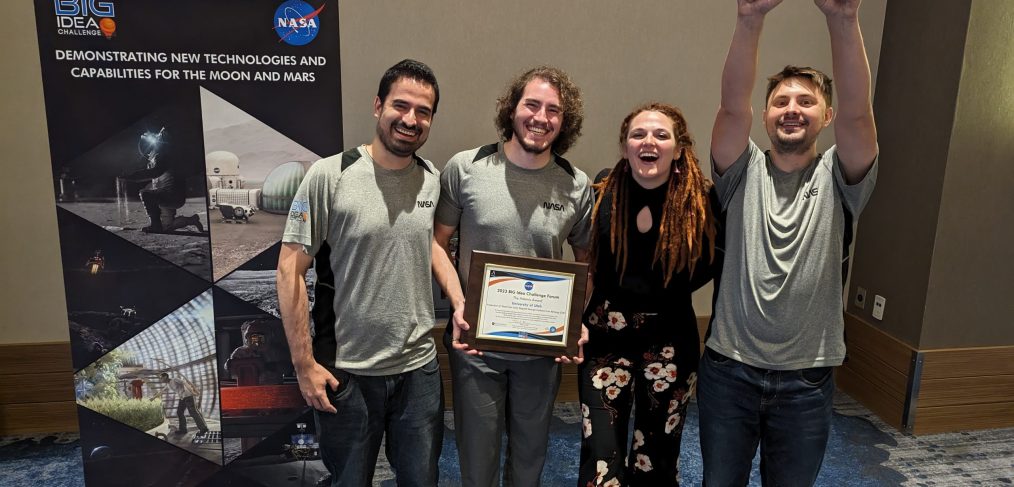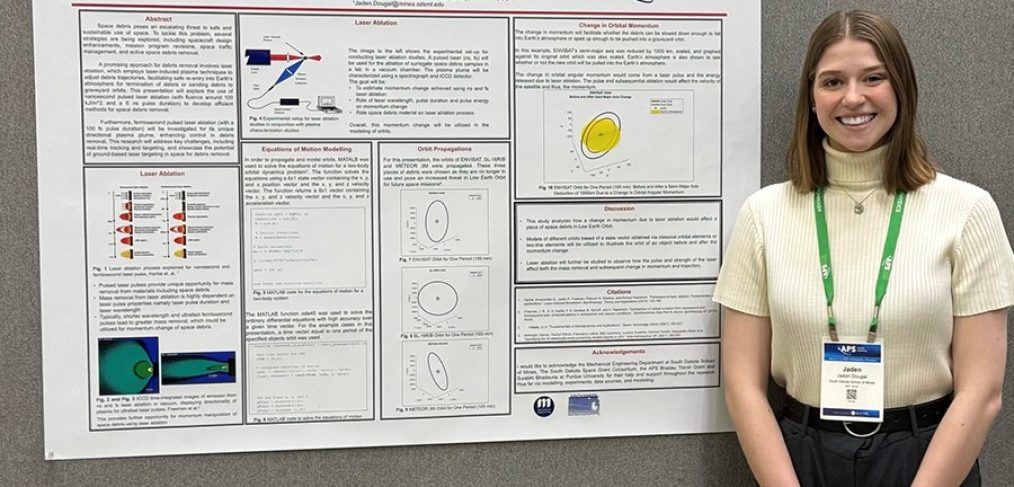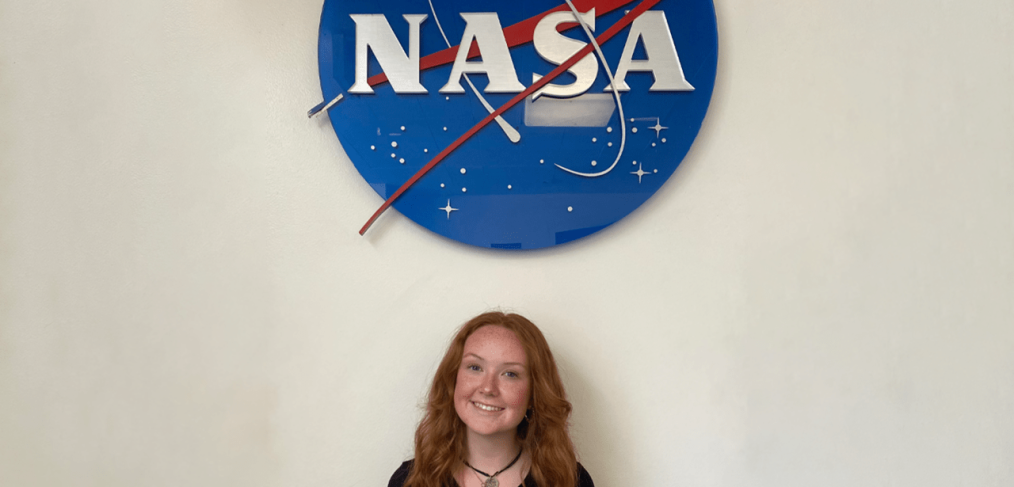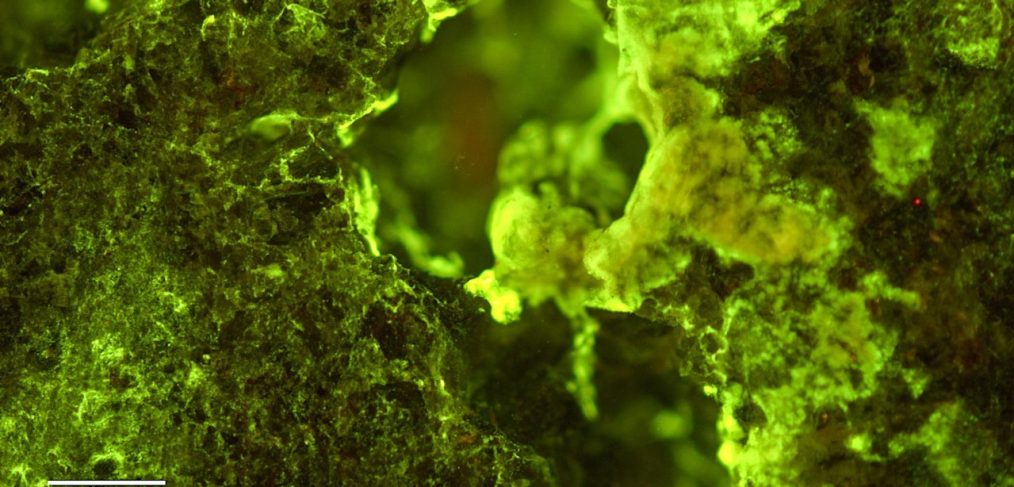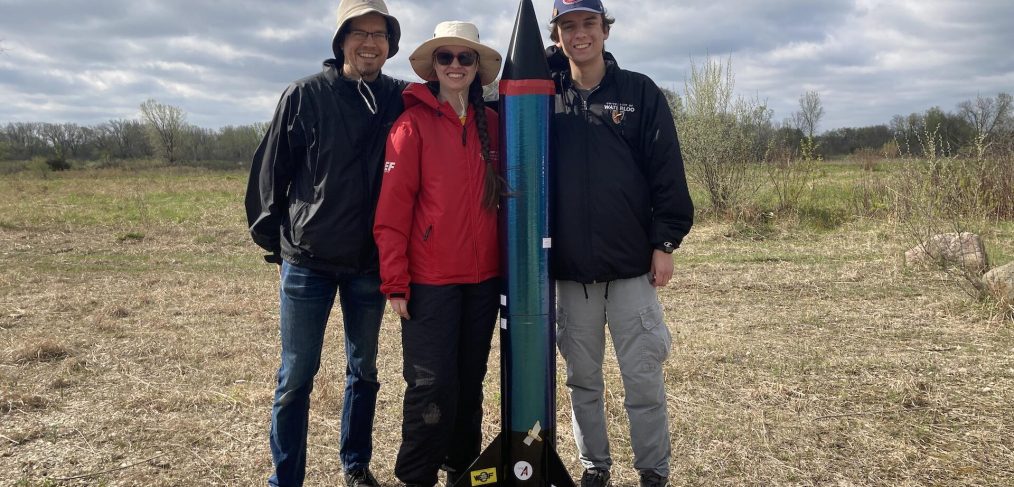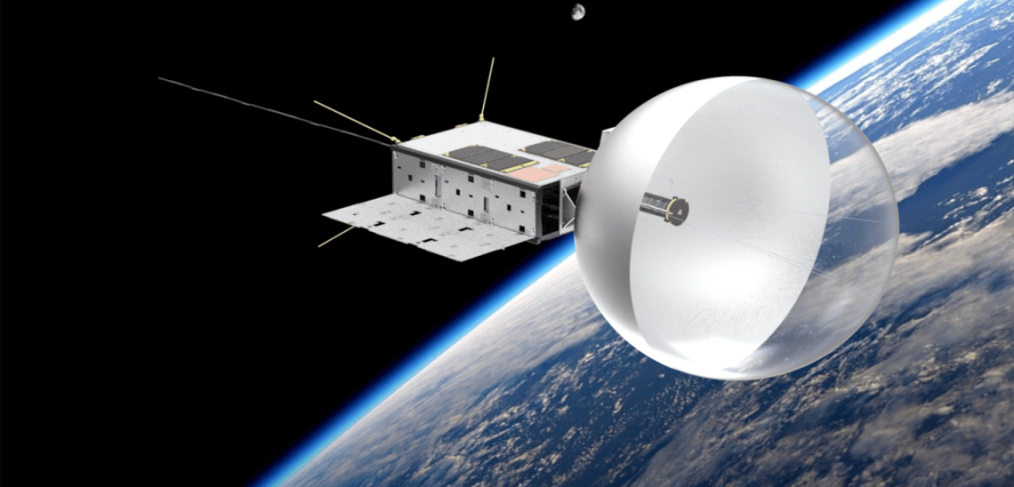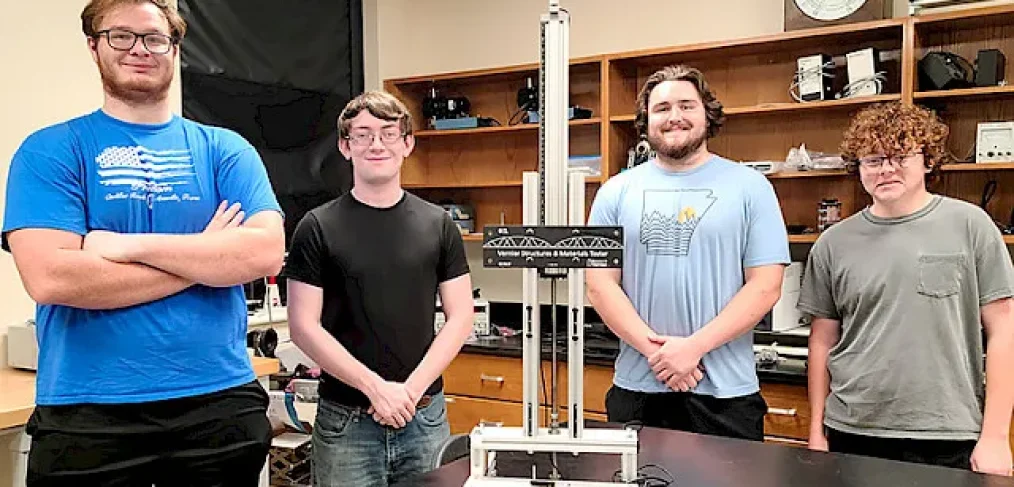NASA and the National Space Grant Foundation selected four university teams to develop advanced and innovative design ideas that will help solve Artemis mission challenges. The selections are part of the 2023-2024 Moon to Mars eXploration Systems and Habitation (M2M X-Hab) Academic Innovation Challenge sponsored by NASA’s Artemis Campaign Development Division.
The 2023-2024 M2M X-Hab Academic Innovation Challenge is an opportunity for NASA to build strategic partnerships with universities and tap into the ingenuity of the future Artemis Generation workforce. The challenge provides STEM (Science, Technology, Engineering and Mathematics) students interested in aerospace careers with hands-on development and research experience, while strengthening NASA capability for missions to the Moon, Mars, and beyond. Past student participants have gone on to careers in the aerospace industry, including at NASA.
Universities in support of the M2M X-Hab 2023-2024 Academic Innovation Challenge will advance science and technology innovations for Artemis missions with the following projects:
Standardized Habitat Rack Design and Testing
University of Maryland Department of Aerospace Engineering and Space Systems Laboratory (SSL)
In this work students will develop, model, and test innovative concepts for standardized modular stowage and equipment racks in planetary surface habitats under lunar and Mars gravity conditions. This will include a survey of rack and stowage on the International Space Station and any other habitats with available information. This information will inform the design of one or more modular habitat elements. Issues such as size and mass will be examined via tests of human manipulation in the underwater environment at both lunar and Mars gravity loadings, including rack transfer through simulated docking hatches between berthed pressurized modules. This will lead to the design and prototyping of a standardized modular rack element, which will be used to assess access and portability with both humans and robotic systems.
Design of Payload Racks to Support Future Habitation Platforms and Exploration Missions
University of Michigan Bioastronautics and Life Support Systems (BLiSS)
The project aims to ideate modifications to heritage rack designs and scale them to lunar and Martian habitats. The final deliverables of this project include high-fidelity CAD renderings in the intended environment of the proposed rack design, a system prototype to test both operations and human factors, and a final written report of the design process. The notional concept for our prototype payload rack describes a small-scale system that services a single payload while adapting to habitat architecture, human interfacing, and further scalability to lunar and Martian habitat environments. More in-depth analysis of integration methods will be conducted using multi-criteria decision-making (MCDM) techniques and formal trade studies in order to maximize the system’s performance and ergonomics.
Crew Mobility Modalities inside Moon/Mars Habitats
Auburn University Mechanical Engineering
Whether they are seen on the side of a stucco wall or crawling up a window, geckos are a ubiquitous companion throughout the human world. The use of artificial gecko hands and feet for an astronaut or “synthetic setae” is both an attractive solution for Crew Mobility Modalities inside Moon/Mars Habitats and one fraught with complexities; the implementation of these complex geometries is not trivial. The major hurdle is developing adhesive high surface area features that allow for repeated use and resists damage. A deep understanding of the tribological properties of the surfaces and interface, i. e. coefficient of friction, surface roughness, contact mechanics and surface adhesion will be critical to uncovering effective methods for crew mobility. A potential solution is to develop a smart surface, which can be tuned to change its properties through direct human control. Magnetorheological elastomers, silicone embedded with soft magnetic particles, can be used as the adhering surface of the habitat mobility solution, as small magnetic fields applied to material can cause dramatic changes in material stiffness and surface roughness. This material has the potential to be used as either part of the astronaut’s suit, as part of a target pad on a surface, or as a mobility projectile as it can be molded and 3D printed. Care must be taken in the design of material and geometry to overcome the unique problem associated with extraterrestrial use. Additionally, a liquid operated baffle system could be 3D printed into the design to allow for channels to expand and change the dimensions of the mobility apparatus. Similar devices have been developed with air as the medium.
Image Credit: NASA


